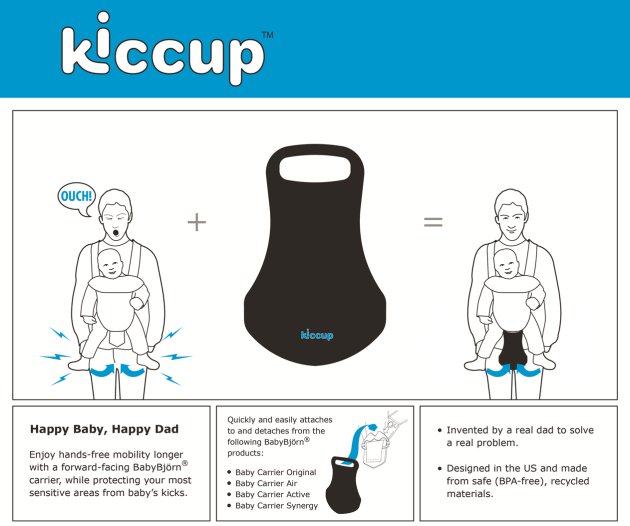After almost two decades in ad tech it’s time to hang up my spurs. It might seem an odd time for that given the eyepopping (inexplicable?) valuations given to ad tech companies recently, but it’s undoubtedly the right time for me to move on to something new: Space.
I started digging in and learning about “New Space” in earnest as an EIR at Samsung NEXT in 2017. This work led to a personal investment in Momentus’ seed round in 2018, which led to yet more learning and higher levels of involvement in the industry. Since then, the contrast between the work I have been doing in my “day job” and where my passion led me on my own time has provided increasing delta-v. The acquisition of Healthline provided the final boost to escape velocity.
There’s no doubt humans are doing more and more things in space that are just flat out cool. But all of our recent scientific, technical, and commercial progress has a deep emotional pull for me as well. Who could watch that first official Crew Dragon launch in November 2020 – a triumph of human innovation in the depths of the US pandemic – without some serious goosebumps. I am getting a little choked up just remembering watching it with my boys.
This is not an accident. We’re hard-wired for this. In our genes we are wanderers. As Carl Sagan put it in his wonderful 1994 book Pale Blue Dot:
“For all its material advantages, the sedentary life has left us edgy, unfulfilled. Even after 400 generations in villages and cities, we haven’t forgotten. The open road still softly calls, like a nearly forgotten song of childhood. We invest far-off places with a certain romance. This appeal, I suspect, has been meticulously crafted by natural selection as an essential element in our survival. Long summers, mild winters, rich harvests, plentiful game—none of them lasts forever. It is beyond our powers to predict the future. Catastrophic events have a way of sneaking up on us, of catching us unaware. Your own life, or your band’s, or even your species’ might be owed to a restless few—drawn, by a craving they can hardly articulate or understand, to undiscovered lands and new worlds.”
I was reminded of this passage recently by a wonderful short video piece from digital artist Erik Wernquist (which also reveals Sagan as the poet he was). I challenge you to watch this without a thrill, a tingle, or a catch in your throat.
It’s not just cool, though. Making progress in space is one of the most important things we can be doing right now. This isn’t a new or original thought, but it seems ever more obvious. From the slow-motion crisis of climate change to our increasing political and societal divisions, our most intractable problems share a common characteristic; discussion seems to default to zero-sum frameworks. I can’t think of a better cure for zero-sum thinking than bringing the limitless opportunities of space exploration into the equation. I can’t think of a better unifying force than working as humans of Earth to look upward and outward rather than indulging or exploiting our tribal differences as we look downward and inward.
So in this context, I couldn’t be more excited to announce that I have joined the talented team at Regher Solar to launch formally this next chapter. Regher has developed technology to make silicon solar cells thin, flexible and radiation hard for use in space. This allows us to deliver a solar solution for spacecraft that is 10X cheaper than incumbent technology. As importantly, using silicon also allows us to scale capacity quickly, leveraging the terrestrial solar learning curve and avoiding the variety of bottlenecks that will prevent low volume incumbent manufacturers from meeting the skyrocketing demand and innovation stimulated by huge reductions in launch costs. Regher will power this emerging new space economy.
Ad Astra!


